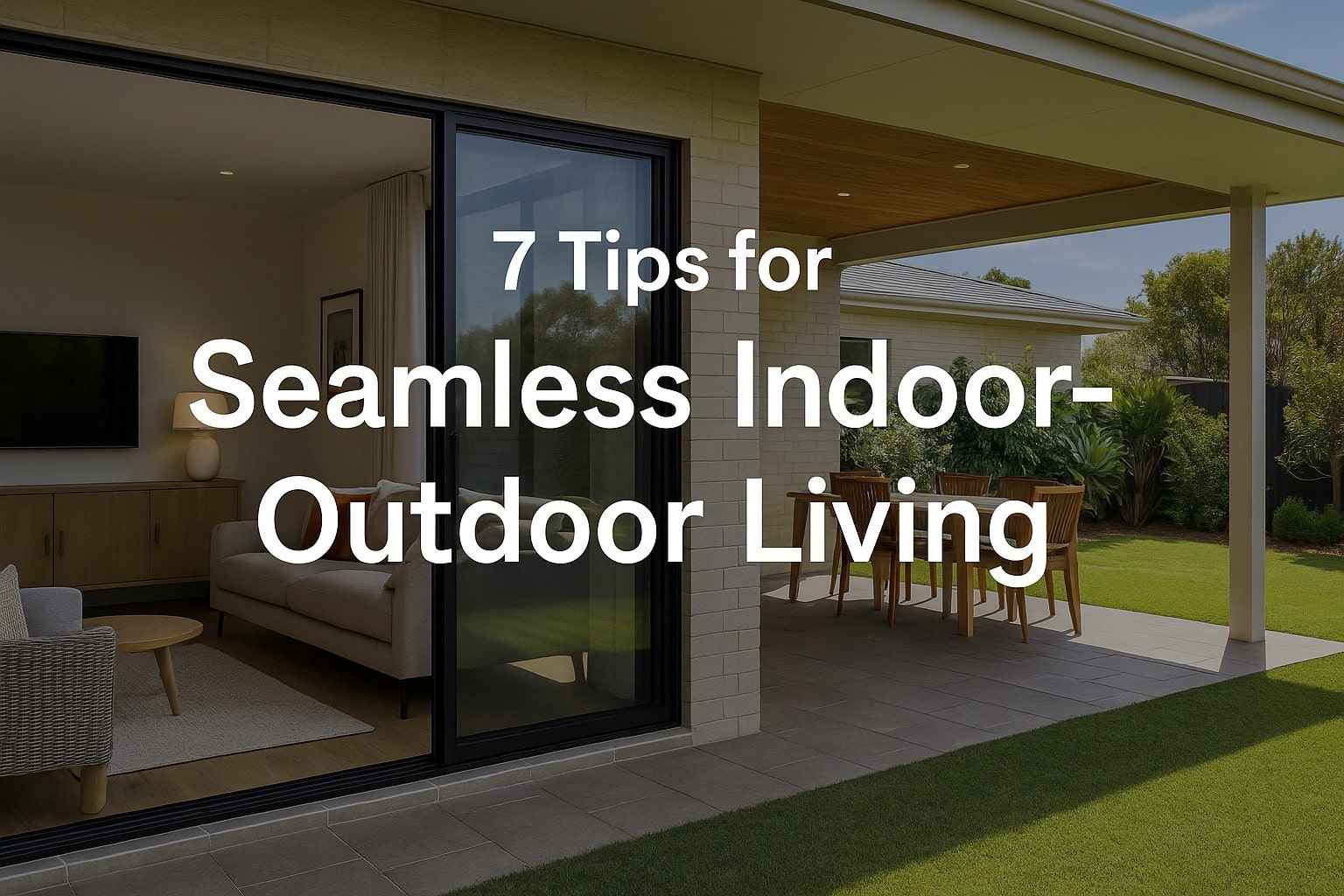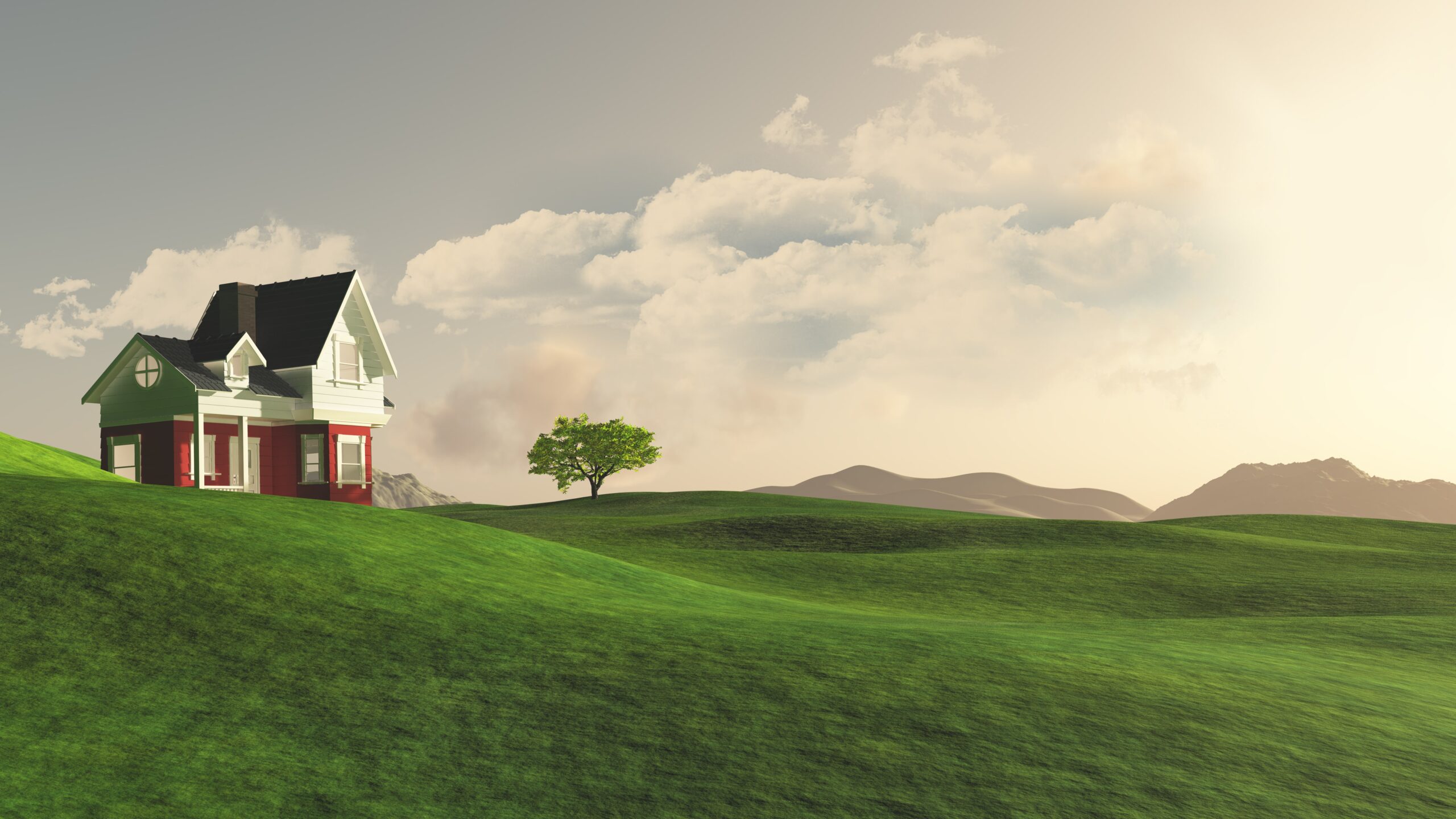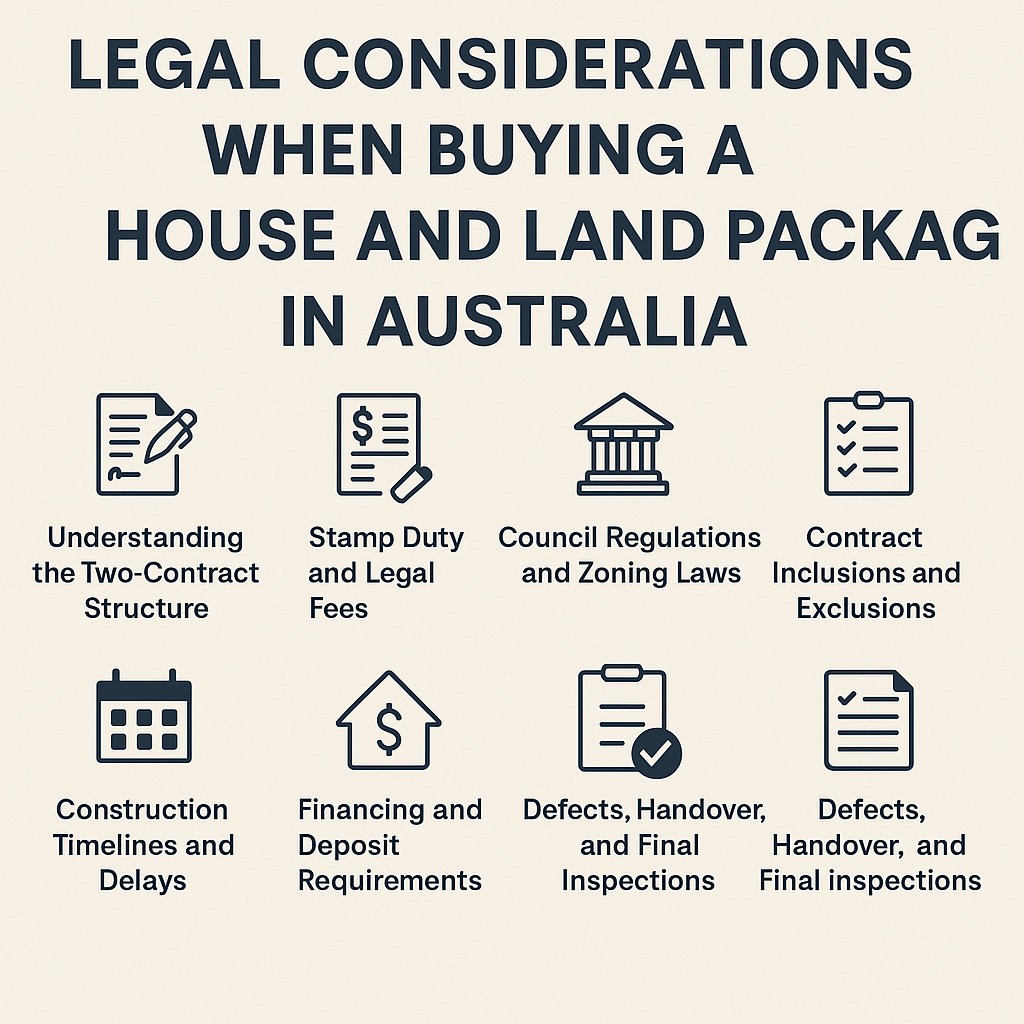Modern House and Land Packages are designed to enhance lifestyle, and one of the biggest trends in contemporary home design is seamless indoor-outdoor living. Whether you love entertaining, relaxing in nature, or simply making the most of your home’s space, creating a smooth transition between indoor and outdoor areas can elevate both aesthetics and functionality.
Here’s how to design a home that brings the outdoors in and maximises your living experience.
1. Use Large Glass Doors and Windows
Installing large sliding or bi-fold doors is one of the most effective ways to create a seamless flow between indoor and outdoor areas. These expansive openings blur the boundaries between spaces, allowing natural light to flood your home while providing uninterrupted views of your outdoor space.
Tips for Success:
- Opt for floor-to-ceiling sliding or stacker doors for an open-plan feel.
- Consider bi-fold or French doors to create a wide opening that connects directly to your alfresco area.
- Use tinted or double-glazed glass to maintain energy efficiency.
Why It Works:
Wide openings enhance ventilation, natural lighting, and visual connection, making indoor and outdoor spaces feel like one cohesive area.
2. Create a Covered Outdoor Living Area
A well-designed alfresco space acts as an extension of your home, providing a functional outdoor area that can be enjoyed year-round. Adding a pergola, extended roofline, or retractable awnings allows you to use your outdoor space in any weather.
Tips for Success:
- Integrate outdoor ceiling fans or heating options for year-round comfort.
- Use materials that match your indoor flooring to create a continuous flow.
- Incorporate built-in seating or an outdoor kitchen to maximise functionality.
Why It Works:
A sheltered outdoor area extends your living space, making it more versatile and increasing your home’s resale value.
3. Maintain a Consistent Flooring Transition
Using similar flooring materials between indoor and outdoor areas helps create a sense of continuity. By choosing complementary textures and tones, you can visually and physically connect the two spaces effortlessly.
Tips for Success:
- Use the same or similar tiles, timber, or polished concrete inside and outside.
- If using different materials, ensure they are in the same colour palette to create a harmonious flow.
- Opt for durable, weather-resistant materials for outdoor spaces.
Why It Works:
Consistent flooring makes the transition between spaces feel seamless, enhancing the overall design of your home.
4. Incorporate Indoor-Outdoor Living Features
Certain design elements help unify indoor and outdoor spaces, creating a natural connection between the two. Features like servery windows, retractable walls, and built-in outdoor furniture enhance both functionality and style.
Tips for Success:
- Install a kitchen servery window with a bar-style counter for effortless indoor-outdoor entertaining.
- Use retractable fly screens to keep insects out while maintaining an open feel.
- Include integrated planters or greenery to blend indoor and outdoor aesthetics.
Why It Works:
These features enhance the usability of both spaces, making entertaining and everyday living more enjoyable.
5. Enhance the Flow with Natural Light and Ventilation
Maximising natural light and airflow ensures that your indoor and outdoor spaces feel fresh and inviting. Strategic window placement and ventilation solutions can enhance comfort while reducing energy costs.
Tips for Success:
- Use skylights or clerestory windows to bring in extra natural light.
- Design spaces with cross-ventilation to encourage fresh air circulation.
- Position outdoor plants or water features near windows and doors to create a natural cooling effect.
Why It Works:
Good airflow and lighting improve indoor comfort while maintaining a strong visual and sensory connection to the outdoors.
6. Unify the Décor and Styling
Keeping a cohesive design aesthetic between indoor and outdoor areas ensures they feel like a single space rather than two separate zones. Choose complementary colours, textures, and furniture styles to create a unified look.
Tips for Success:
- Use outdoor furniture that matches your indoor styling for a consistent feel.
- Select soft furnishings like cushions, rugs, and lighting that can be used in both spaces.
- Incorporate similar decorative elements, such as artwork or feature walls, to tie the spaces together.
Why It Works:
A well-coordinated design creates harmony between indoor and outdoor spaces, enhancing the overall ambience of your home.
7. Landscape for Seamless Integration
A well-designed outdoor space with lush landscaping naturally connects with your home’s interior. Thoughtful landscaping choices help soften the transition and make outdoor areas feel like an extension of your living space.
Tips for Success:
- Use greenery, potted plants, or vertical gardens to create a natural connection.
- Incorporate garden pathways that lead smoothly from inside to outside.
- Position outdoor lighting to highlight key features and maintain visibility at night.
Why It Works:
Landscaping enhances the feeling of flow, making outdoor areas more inviting and increasing overall home value.
Conclusion: Elevate Your Living with Seamless Indoor-Outdoor Design
Blending indoor and outdoor spaces transforms your home into a functional, stylish, and inviting retreat. Whether through large glass doors, cohesive flooring, sheltered alfresco areas, or integrated greenery, thoughtful design ensures that both spaces work together harmoniously.Looking for a home that embraces indoor-outdoor living? Explore the House and Land Packages at Tulloh Street and discover designs that maximise space, lifestyle, and connection to the outdoors. Let’s create a home that truly brings the best of both worlds together.








